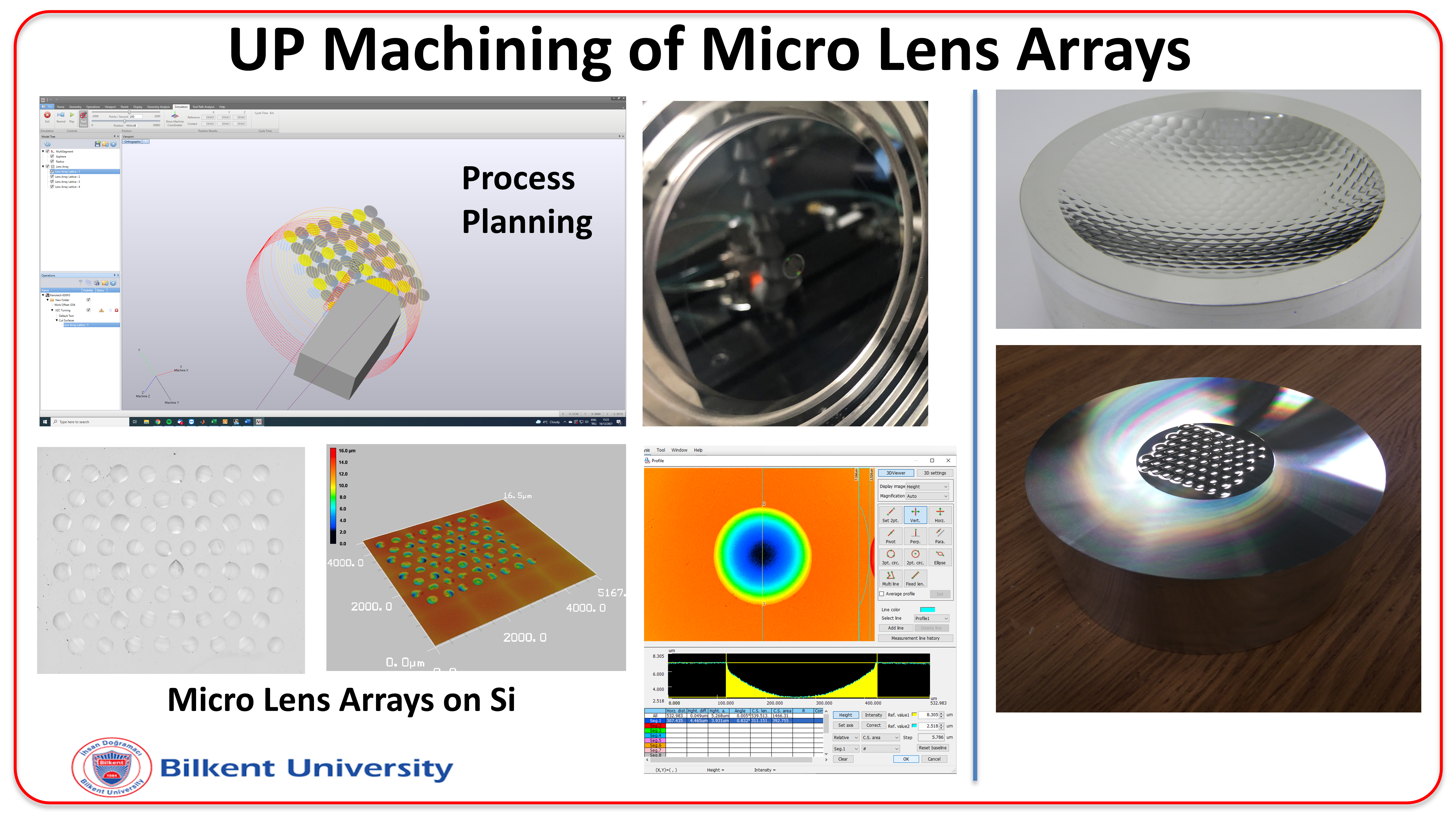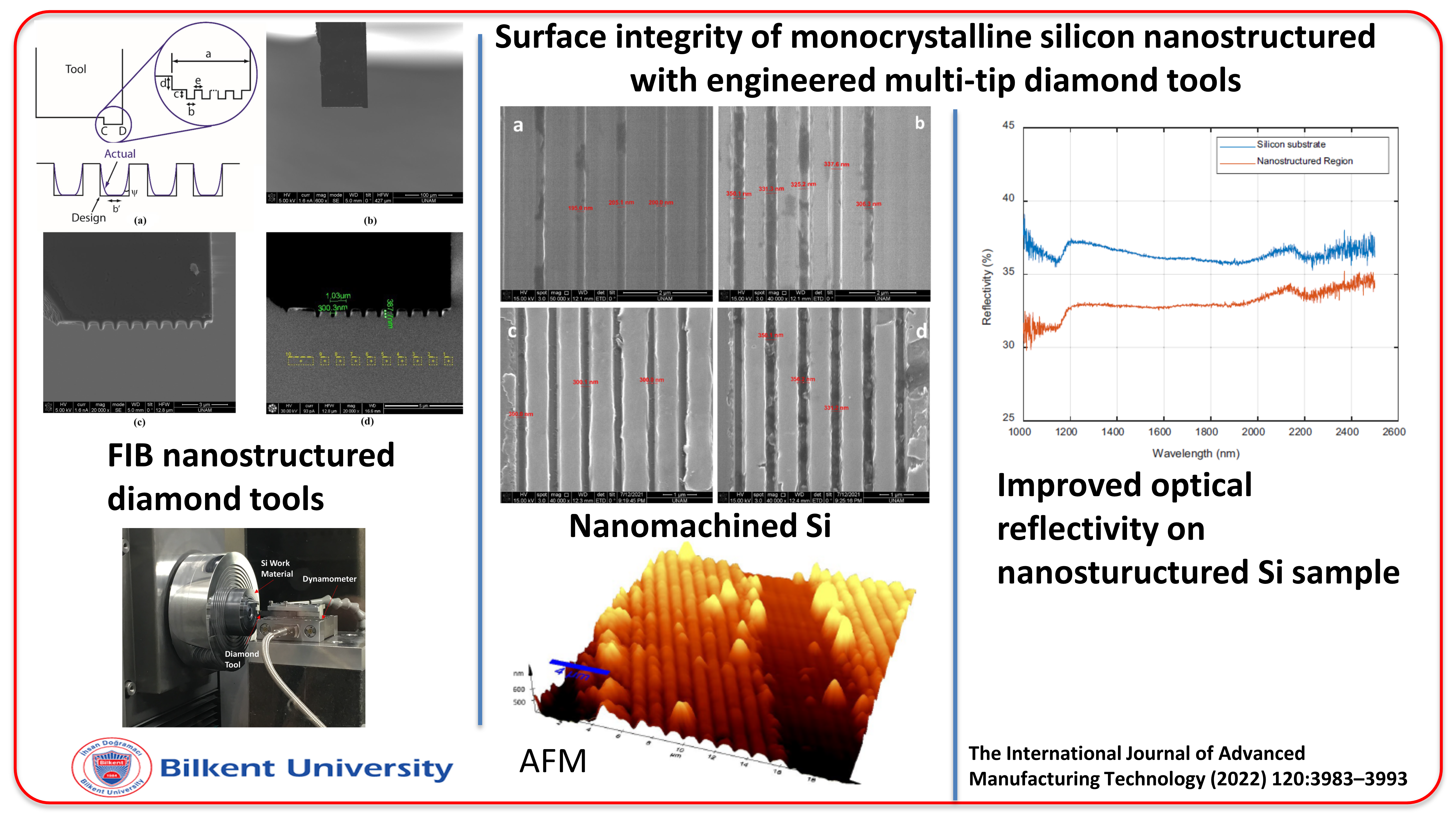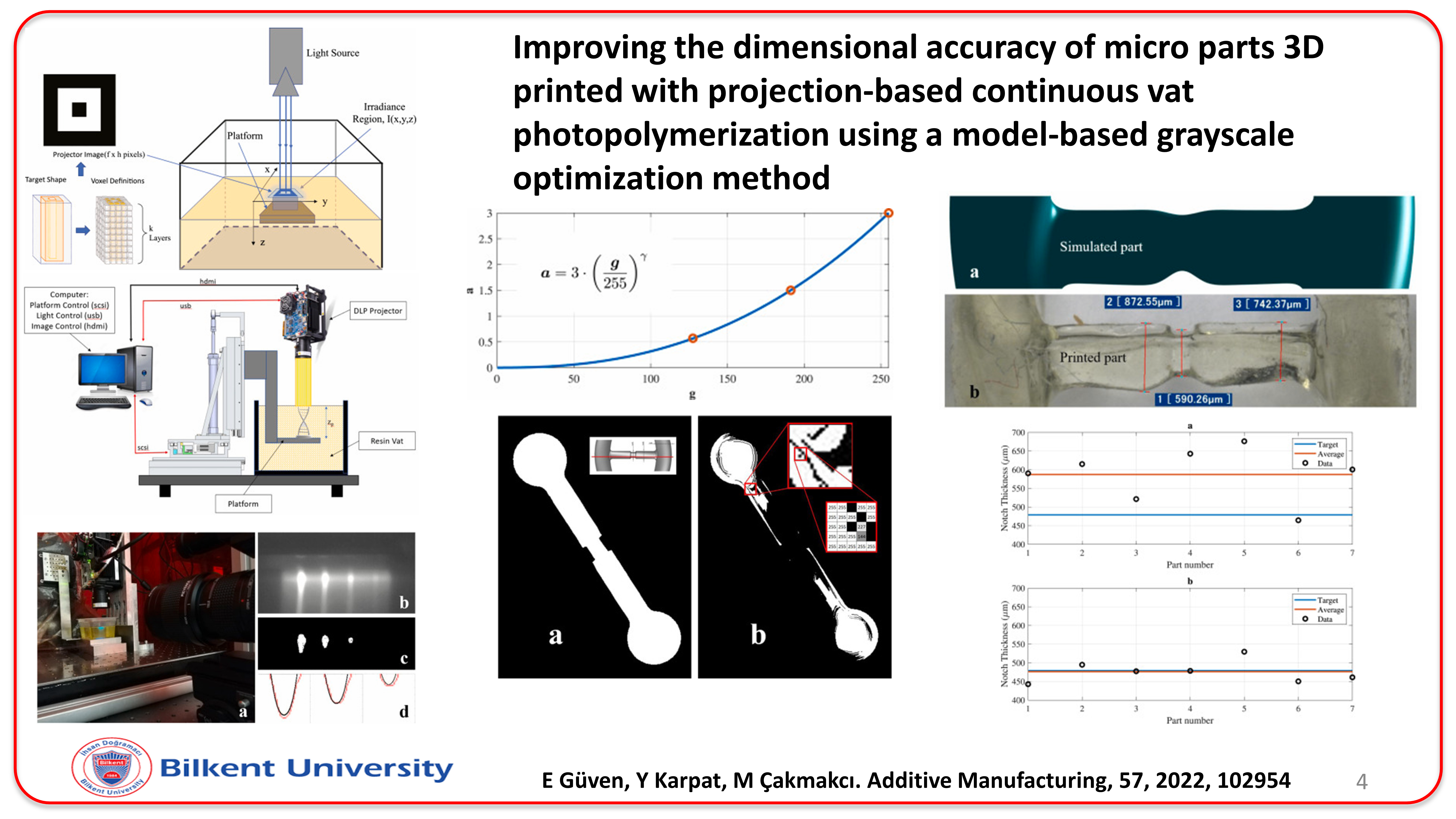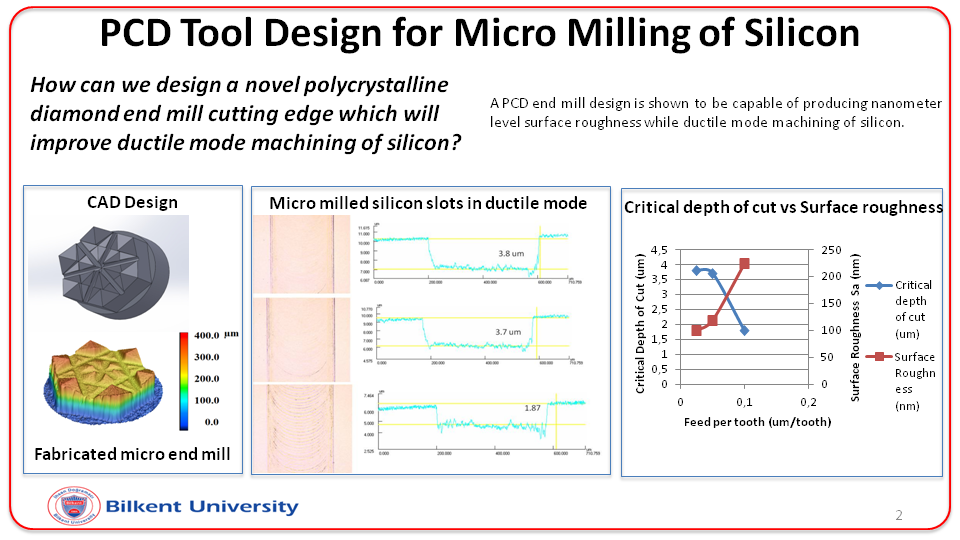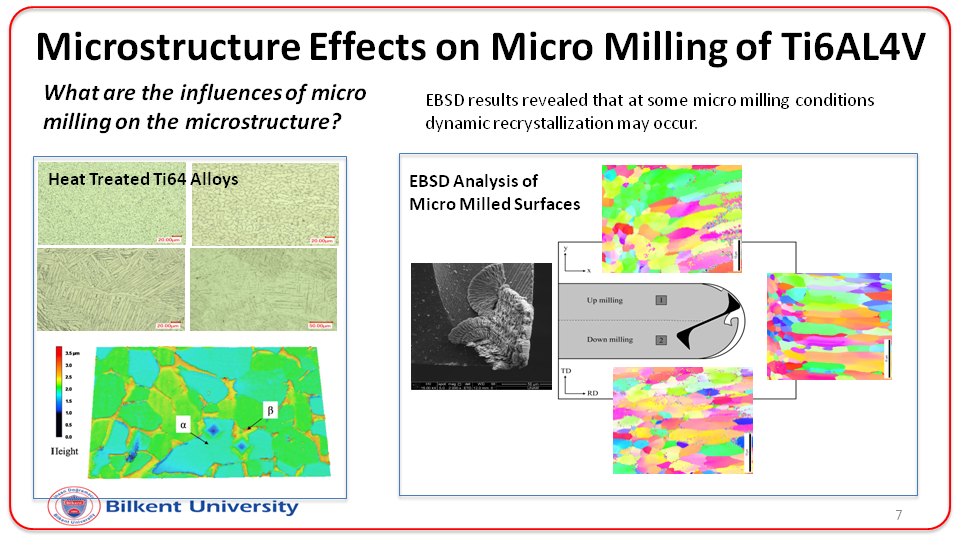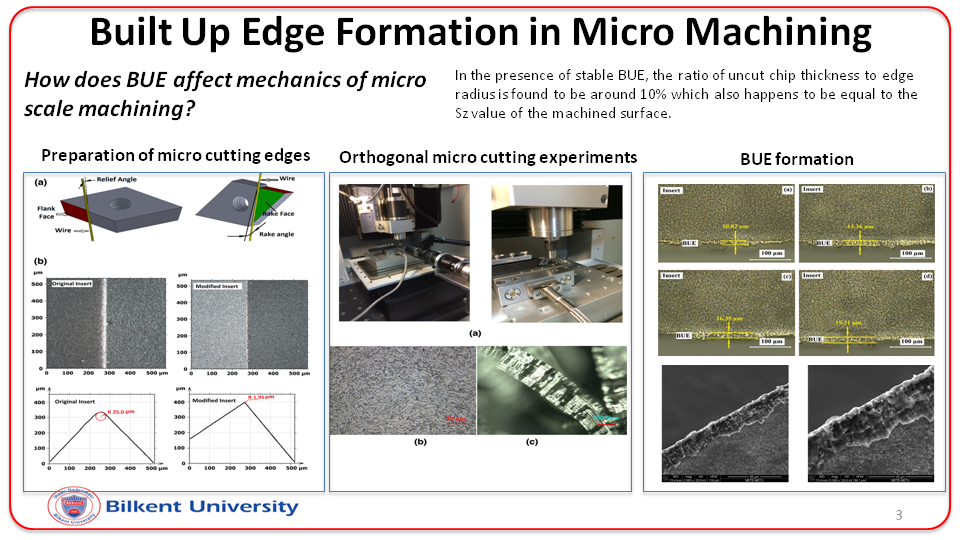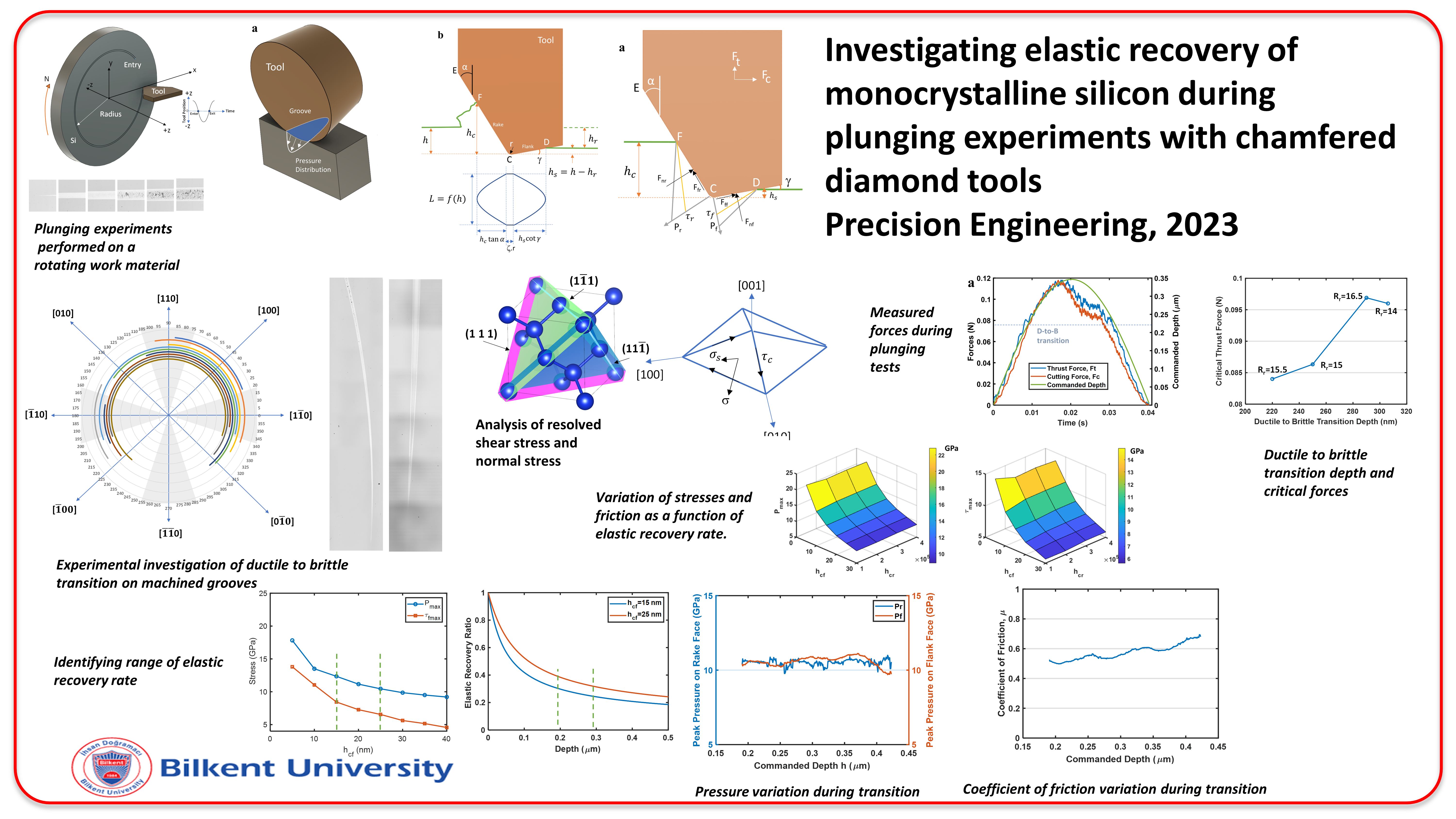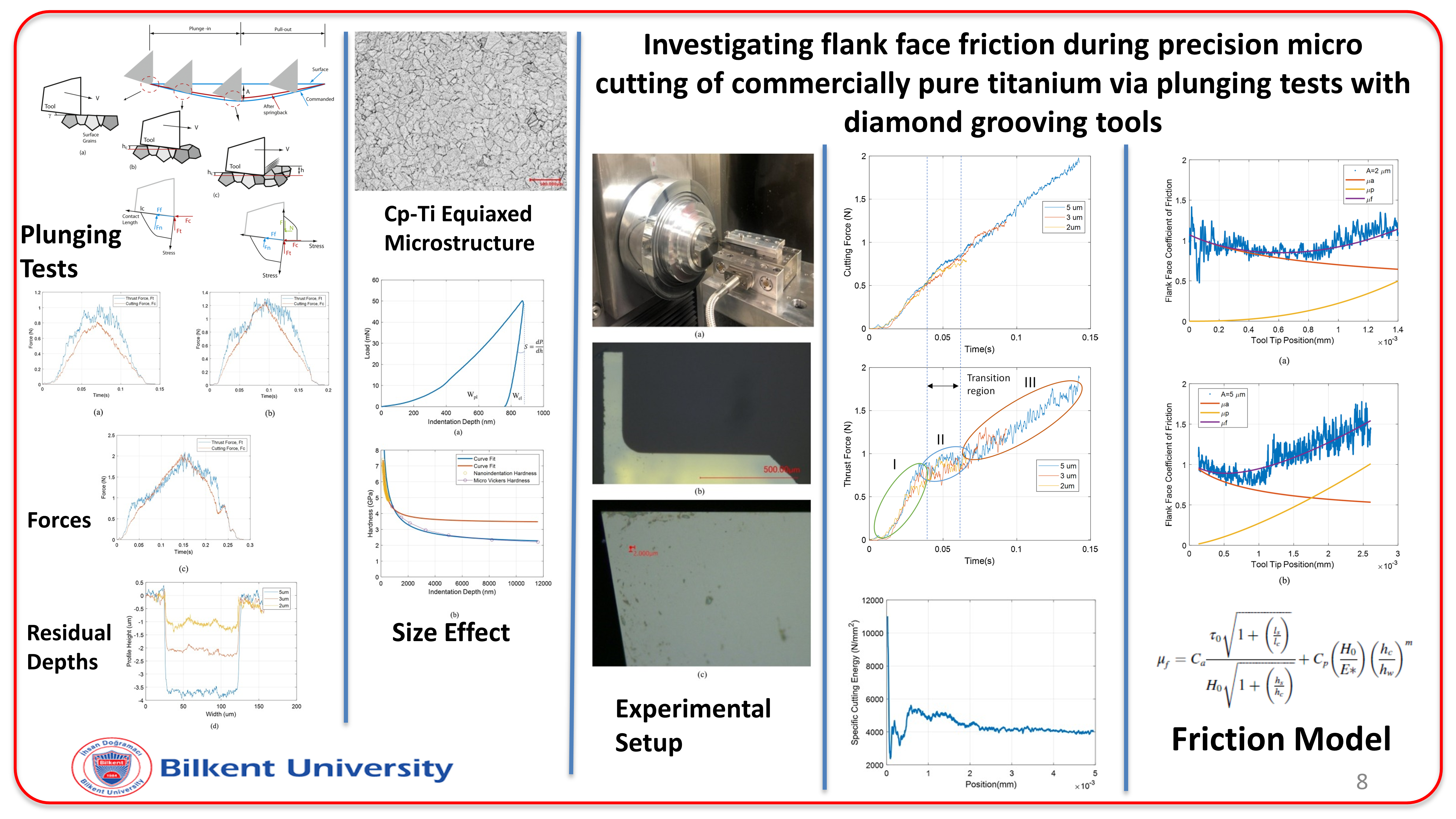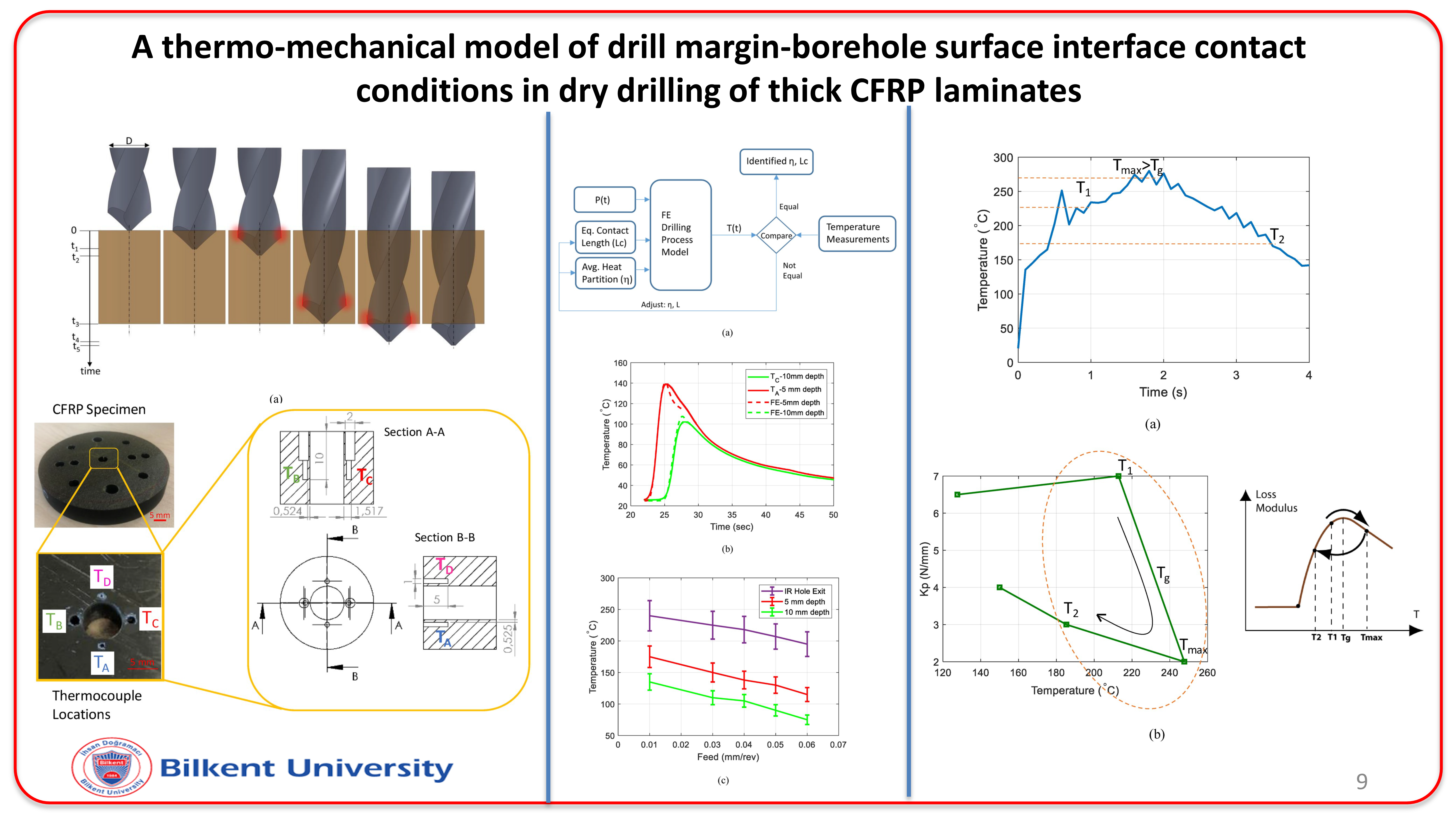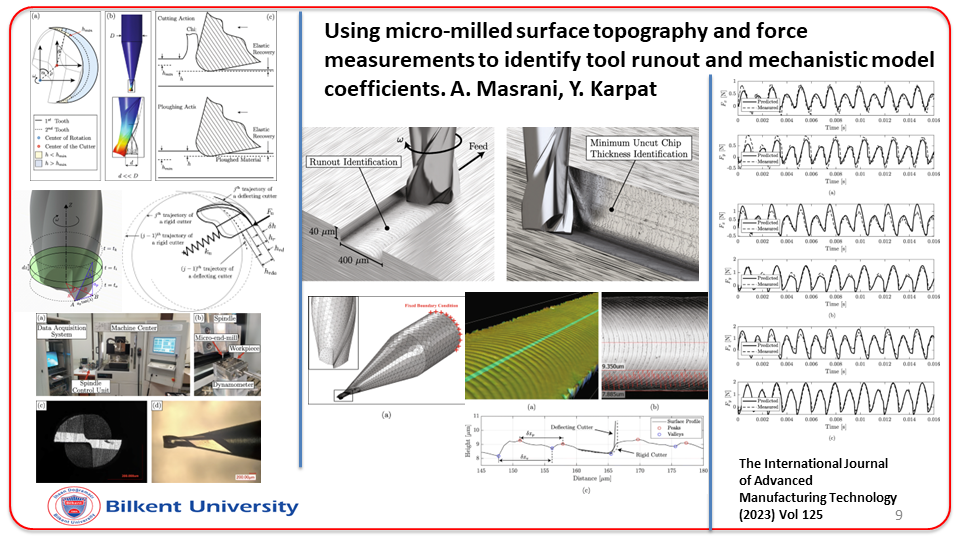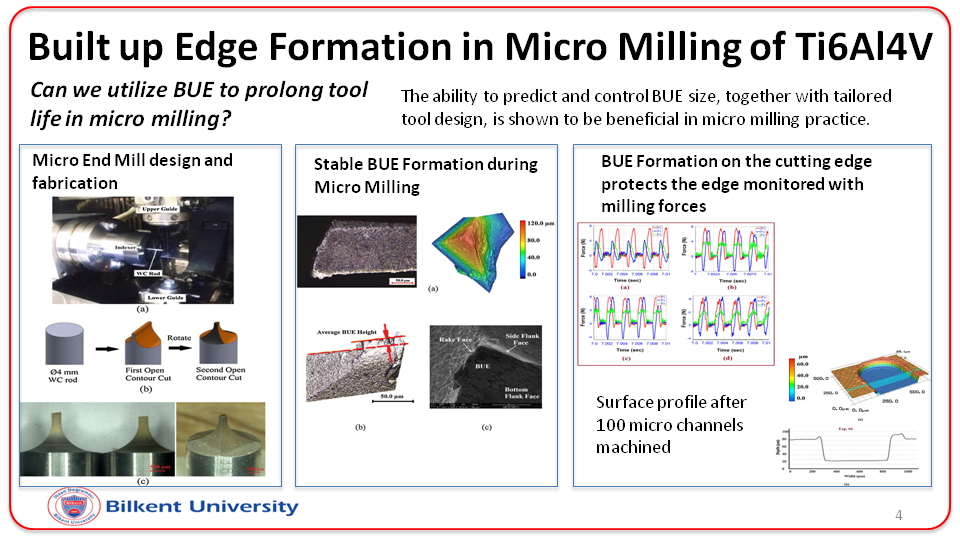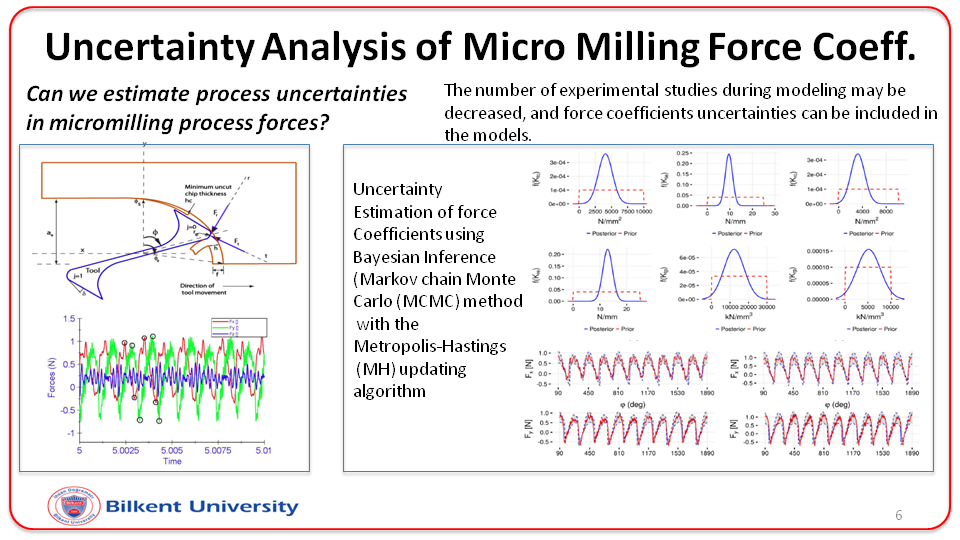Overview
Increasing demands on performance, reliability, and efficiency of technical systems requires manufacturers to produce parts with high quality and functionality. To meet these requirements, physical parts are crafted from high-performance materials like super-alloys, ceramics, and composites; machining is key when bringing these materials into their final shape. Basic machining processes—milling, drilling, turning, and grinding, among others—all influence the workpiece, affecting (for example) the surface topography, residual stresses, and delamination, all of which in turn affect the part’s functionality and durability. A better understanding of the complex interactions between materials and machining processes is essential for improving the performance of manufactured parts.
